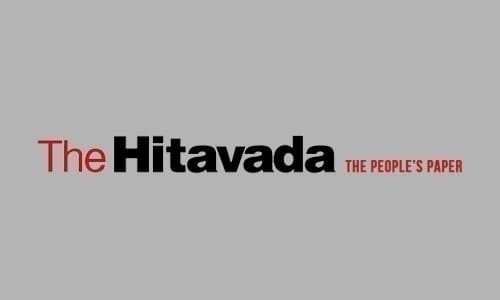Divine Vs Demonic
| Date :11-Feb-2024 |

By DR BHUSHAN KUMAR UPADHYAYA
It is the beauty of Indian traditions that merit or demerit is associated with acts,
values and virtues, and not to
some ideology or beliefs. In the
16th chapter of the Geeta, Lord
Krishna has listed 26 divine
qualities. They include fearlessness, purity of life, knowledge,
charity, control over sense
organs, performance of sacrifices, study of scriptures and
self reflection, austerities, simplicity, nonviolence, truthfulness, freedom from anger,
renunciation, tranquillity, non
fault finding, mercy towards
all, freedom from greed, gentleness, modesty, determination,
vigour, forgiveness, fortitude,
cleanliness, freedom from envy,
and nonexpectation of too
much honour. These qualities
lead to liberation. These attributes are moral or ethical values, righteous code of conduct,
behaviour of excellence, etc.
Some of them are related to
the purity of thoughts, speech
and actions. Majority of them
are social norms. Several
attributes mentioned there are
intended to generate mental
stability and coherent personality. In order to get liberated
one has to be physically robust,
mentally stable and spiritually
aware.
Lord Krishna has not
prescribed any ideological
framework or any belief system for attaining divine qualities. Any person can practise
these qualities and attain
divinity.
On the other hand Lord
Krisha terms deceit,arrogance,
conceit, anger, harshness and
ignorance as demonic. These
attributes lead to suffering and
agony. These are the harmful
and faulty individual and
social norms.
Lord Buddha has prescribed
Astangika Marga or eightfold
path. They are the right view,
right resolve, right speech,
right conduct, right livelihood,
right effort, right mindfulness
and right concentration. This
eightfold path leads to the end
of suffering. Buddhist tradition
is also based upon moral and
ethical excellence. No fixed ideology is prescribed here. In
Jainism also we find the same
principles of righteous conduct
in form of Mahavratas and
Anuvratas - great and small
vows; non violence,truth, non
stealing,celibacy, non hoarding. Yogasutras of Patanjali
contain marvellous expositions
on physical, mental and spiritual upliftment of human
beings. In the entire text of
Yogasutras we find formulae,
techniques and methodology
to elevate human consciousness. At the base level every
individual is the same. But
with the purification of the
mind the consciousness gets
elevated and the practitioner
experiences supreme bliss and
tranquillity.
Yamas and
Niyamas are the social and
moral code of conduct to
achieve higher levels of spiritual awareness.Yamas include
truth, nonviolence, non stealing , continence, non hoarding. Niyamas consist of cleanliness, contentment, austerities,
study of scriptures or self
reflection and surrender to
divinity.
Indian system does not treat
anybody originally as bad or
good. Everyone has three
attributes, Sattva- purity,
Rajas- activity and TamasInertia. The entire creation is
the interplay of these three
attributes. The predominance
of each attribute determines
the nature of the individual.
Hence through good conduct
one can attain the pure nature
and on the other hand even a
pure person can fall down. The
Indian texts are full of the
examples where sinners had
become saints and saints had
got corrupted. This is the reason that a full fledged science
of JnanaYoga - Yoga of knowledge, BhaktiYoga - Yoga of
devotion and KarmaYoga, Yoga
of action has evolved in the
Indian system over ages. The
concept of Dharma is also
based upon right or wrong
conduct.
(The writer is Former DG
Police & CG, Homeguards,
Maharashtra)